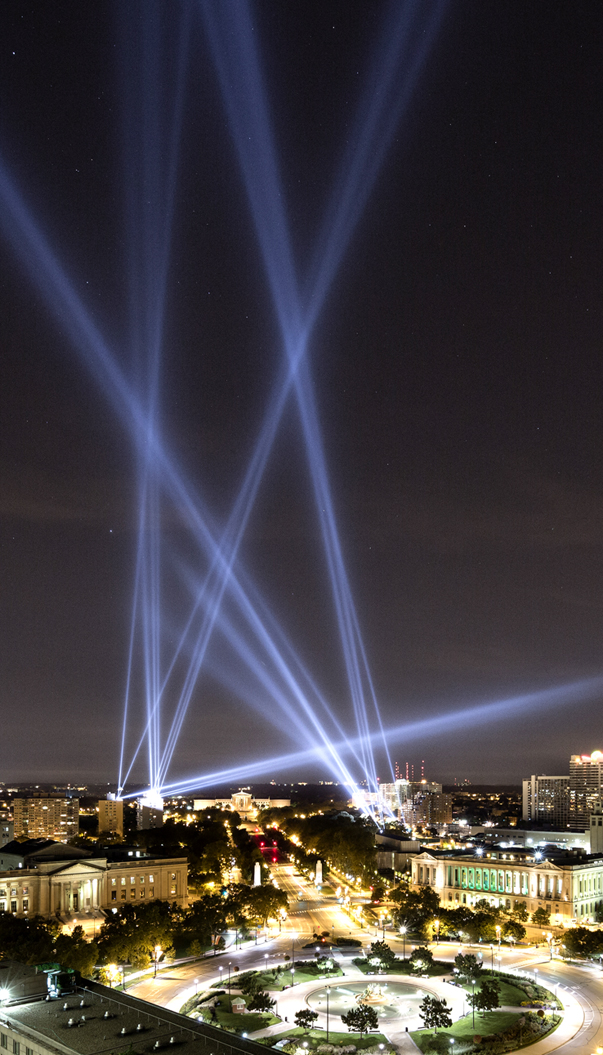
SONICE DEVELOPMENT
emerging colorspace
Julian Adenauer and Michael Haas
Emerging Colorspace was a robotic drawing installation, realized by the Berlin based duo of artists, designers and inventors Julian Adenauer and Michael Haas, aka Sonice Development, as part of the Red Never Follows exhibition the Saatchi Gallery in London last summer. A new version of the studio’s Vertwalker, a machine with the ability to move on vertical surfaces, walking on buildings, and crawling on interior walls. The machine autonomously applied paint to the wall using a marker, referencing the vertical streets in Minority Report, the flying cars in Bladerunner and 5th Element, or Spiderman, the Silver Surfer and the Green Goblin – just to name a few sources of inspiration that expressed the supernatural. Thousands of lines drawn with different colors gradually formed an increasingly dense colorspace that emerged during the more than 200 exhibition hours, while the wandering behavior of the machine followed simple algorithmic rules with random elements. The result was a web that constantly changed, and never looked the same, exploring new territories and the future in a way ordinary mortals can’t.



